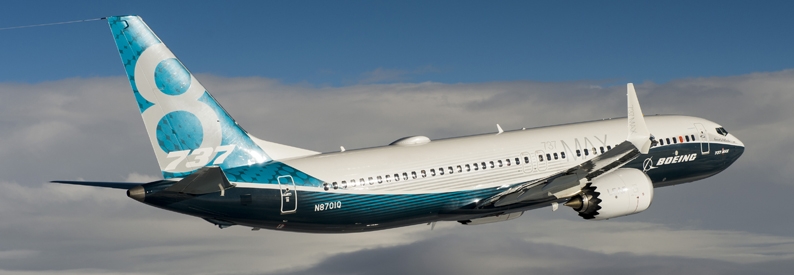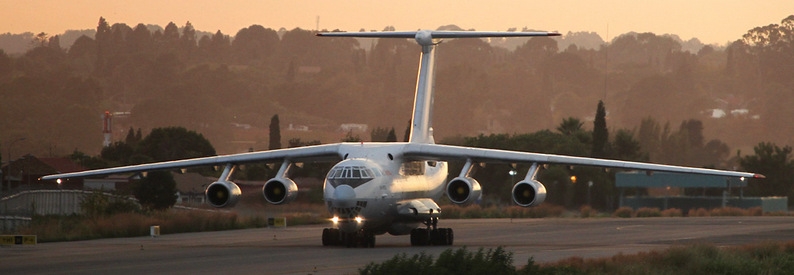Facing the likely deprecation of the An-124 by 2040, the aircraft's primary carrier Volga-Dnepr Airlines (VI, Ulyanovsk Vostochny) is starting to evaluate successors to the heavy-lift freighter. Russian aviation site Air Transport Review (ATR) spoke with senior officials at Volga-Dnepr about their plans for a new aircraft which is 40% larger and 40% more efficient.
"The rising markets of airspace, mining, and oil industries indicate that the demand for oversized and super-heavy transport services will do nothing but grow," said Mikhail Smirnykh, General Director of Volga-Dnepr, at the MAKS international airshow in July.
However, the ageing An-124 is becoming increasingly difficult to maintain to ICAO regulations, and is likely to be phased out by 2040. The heavy-lift freighter's chief designer, Viktor Tolmachev, told ATR that its successor will need to be radically redesigned.
Reports carried out by Volga-Dnepr say that the new aircraft needs to be able to carry 150 – 170 tonnes over a distance of 8 – 10,000 kilometres, making non-stop trans-Pacific flights possible. The current flight range of the An-124 with 120 tonnes is 4,500 kilometres. Tolmachev says that for maximum lifespan, the aircraft will need to be able to match ICAO regulations until at least 2060, requiring all-new avionics and engine specifications.
“The yet-to-be-built turbine could be similar to the General Electric GEnx-2B67 engine, which is powering the Boeing B747-8(F), but it should be even more efficient," Tolmachev said. But he added that it would not be possible for one organisation to design and develop the new aircraft. To that end, Tolmachev would like to see a consortium of public and private firms - both Russian and international - come together for the Mark II version.
According to the ch-aviation fleet database, there are thirty An-124 aircraft active around the world. Volga-Dnepr operates twelve, Antonov Airlines (ADB, Gostomel) has seven, Maximus Airlines (6M, Abu Dhabi International) has one, the Russian Air Force's 224th Flight Unit (TTF, Bryansk) has seven, and Voyennaya Transportnaya Aviatsiya (Russian Air Force) has three. Another twenty-one of the aircraft are stored.





